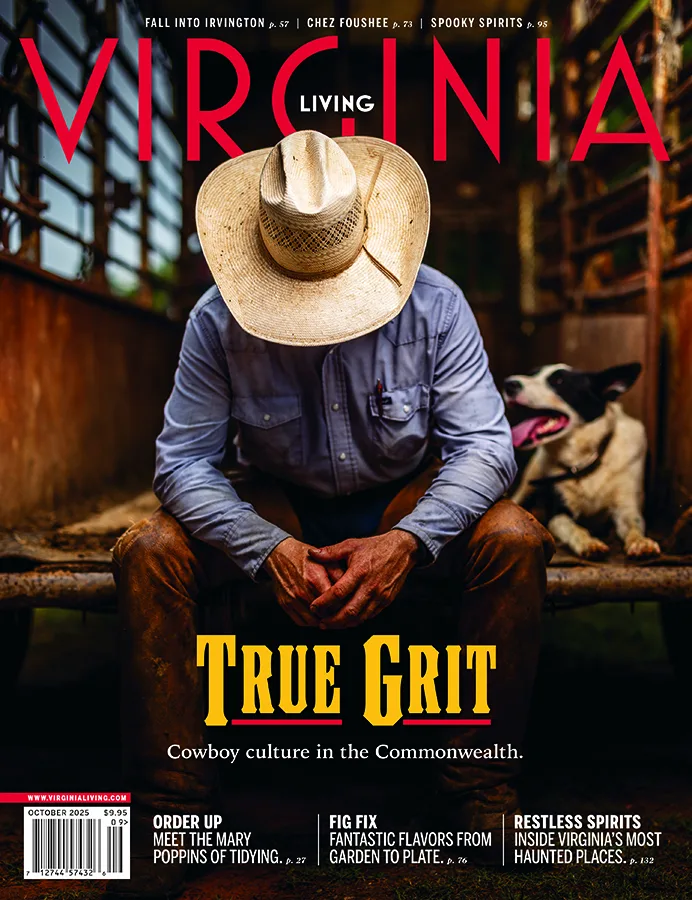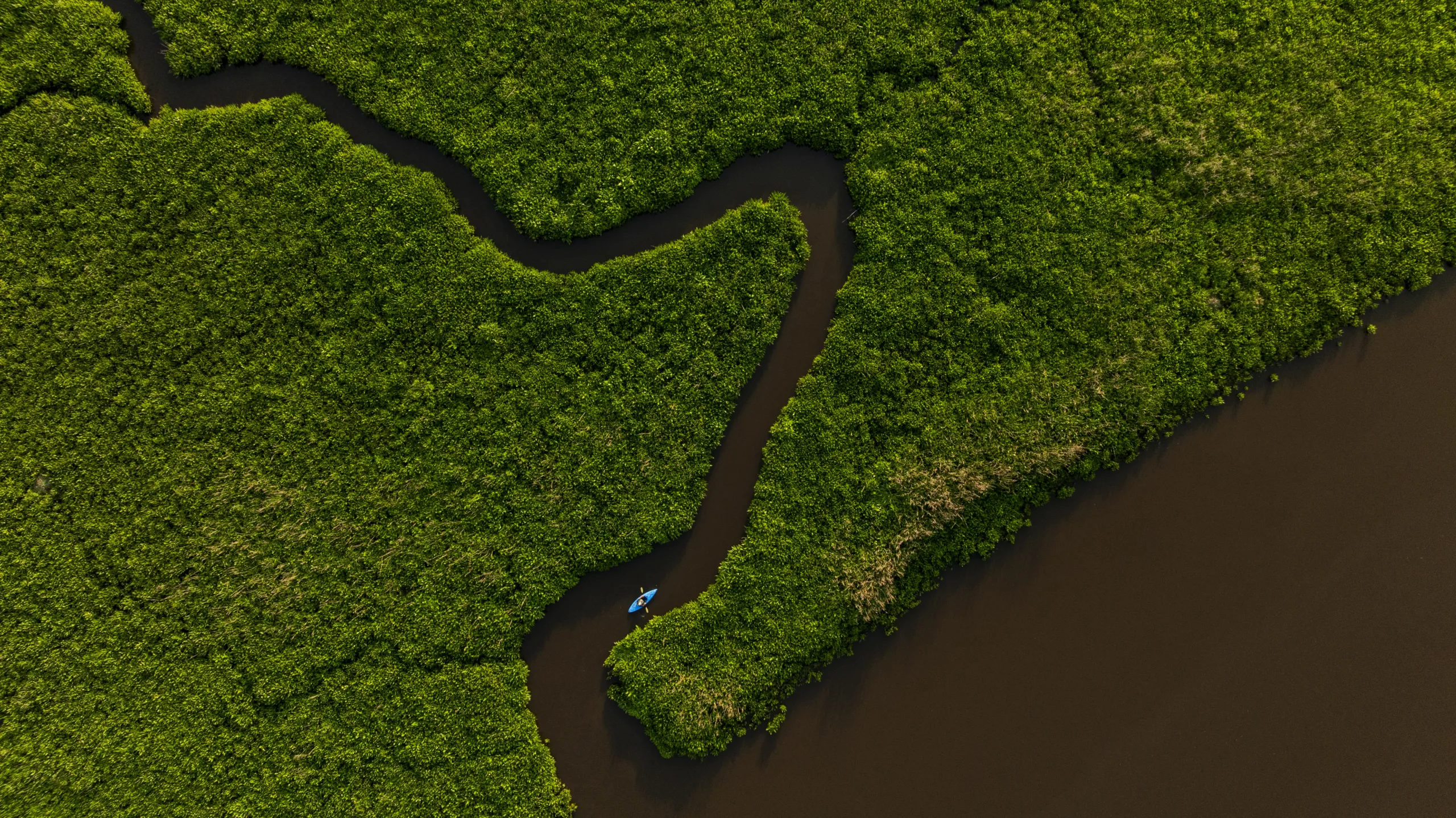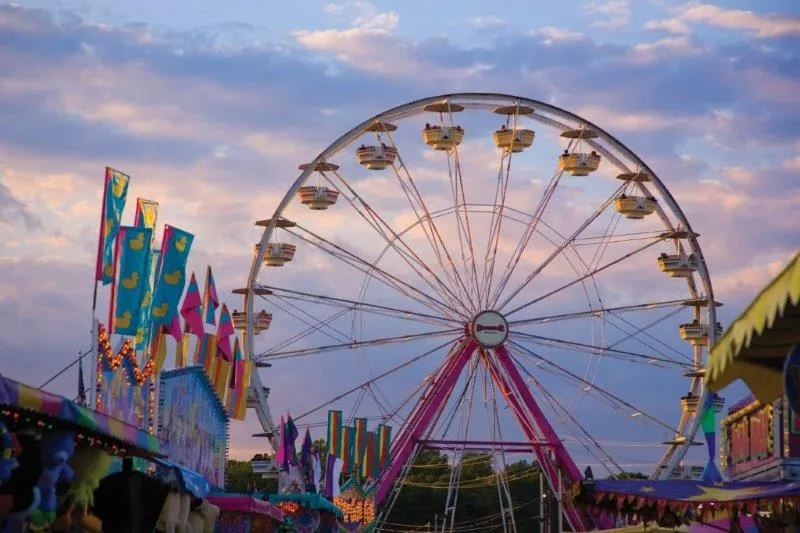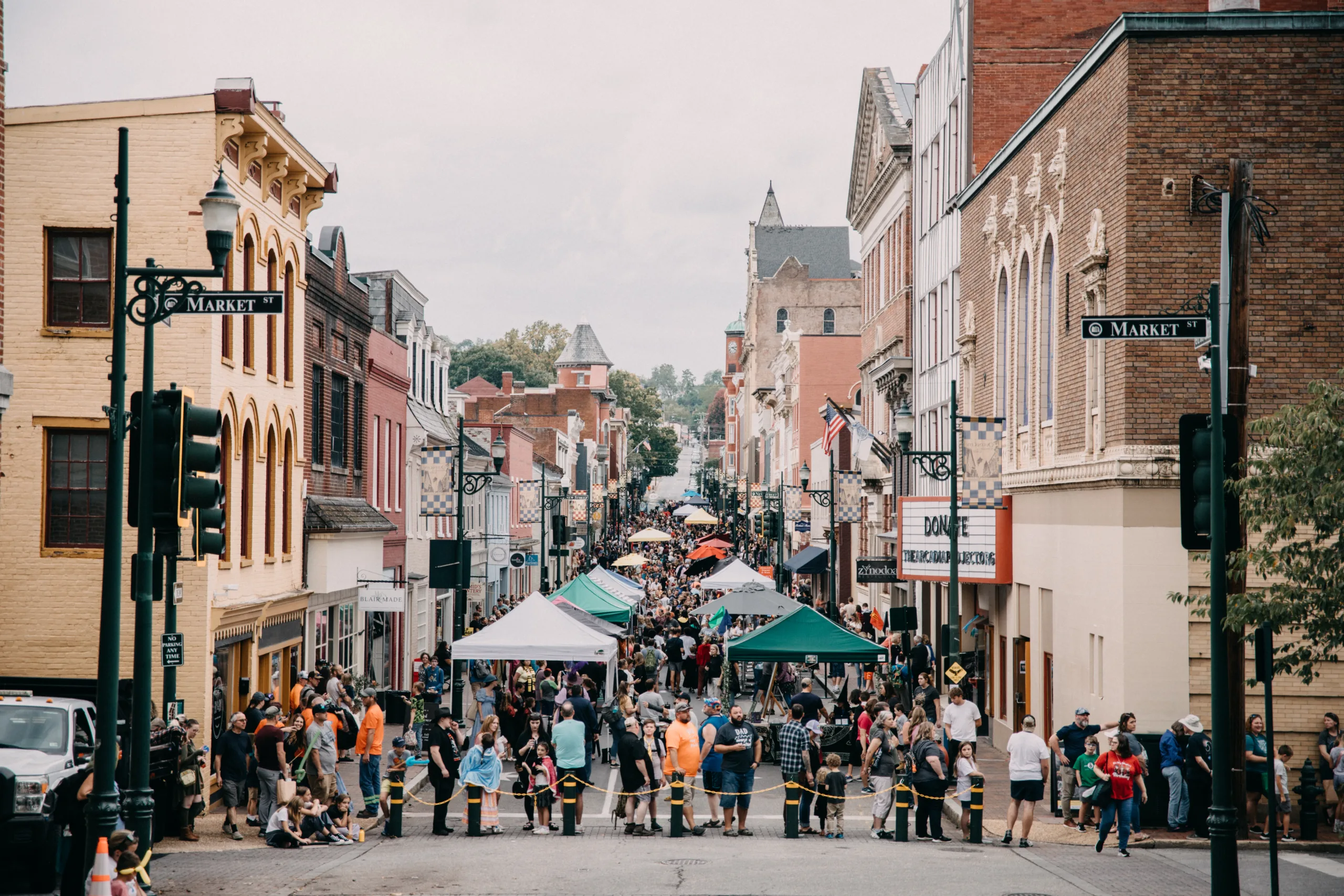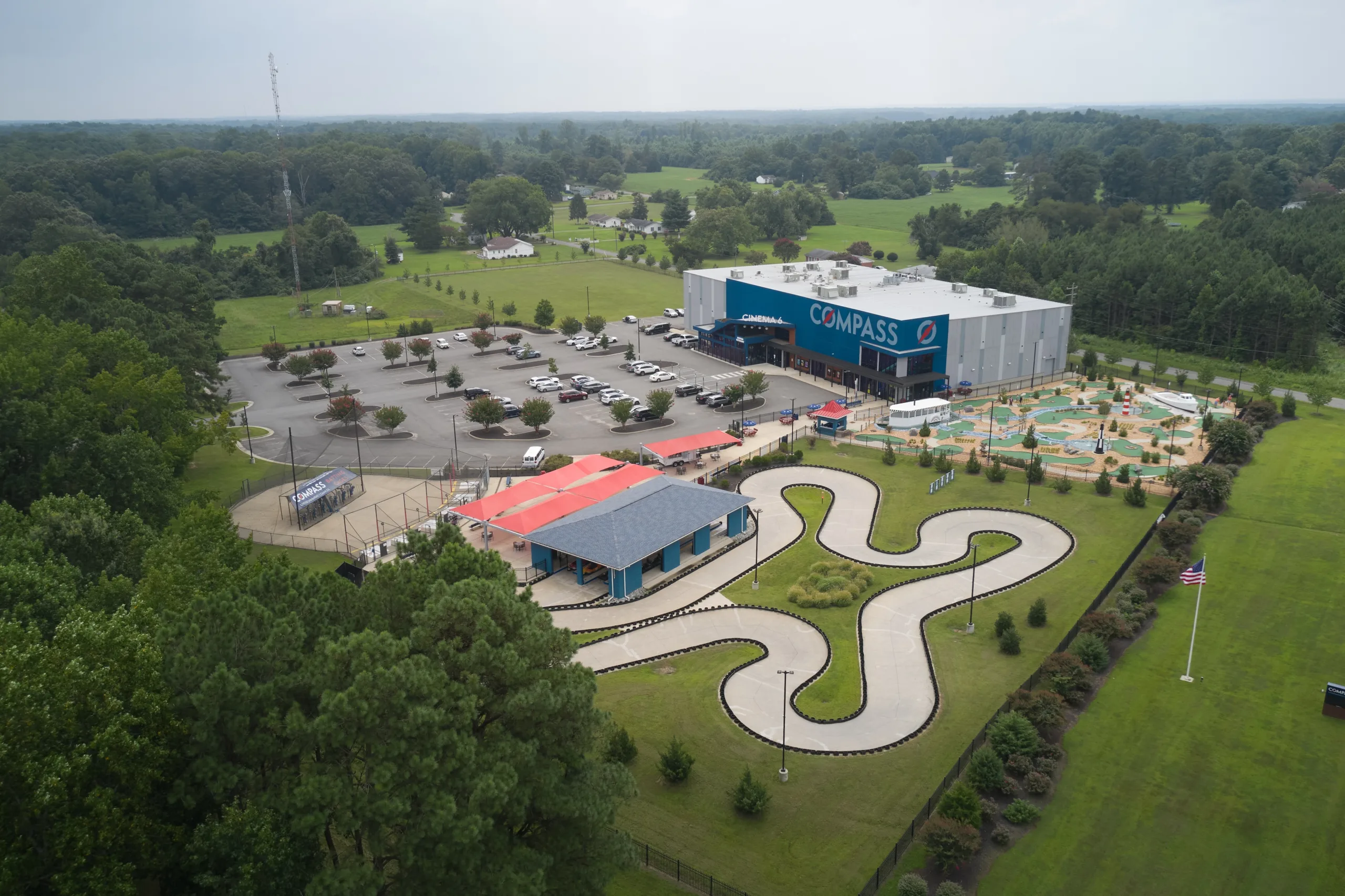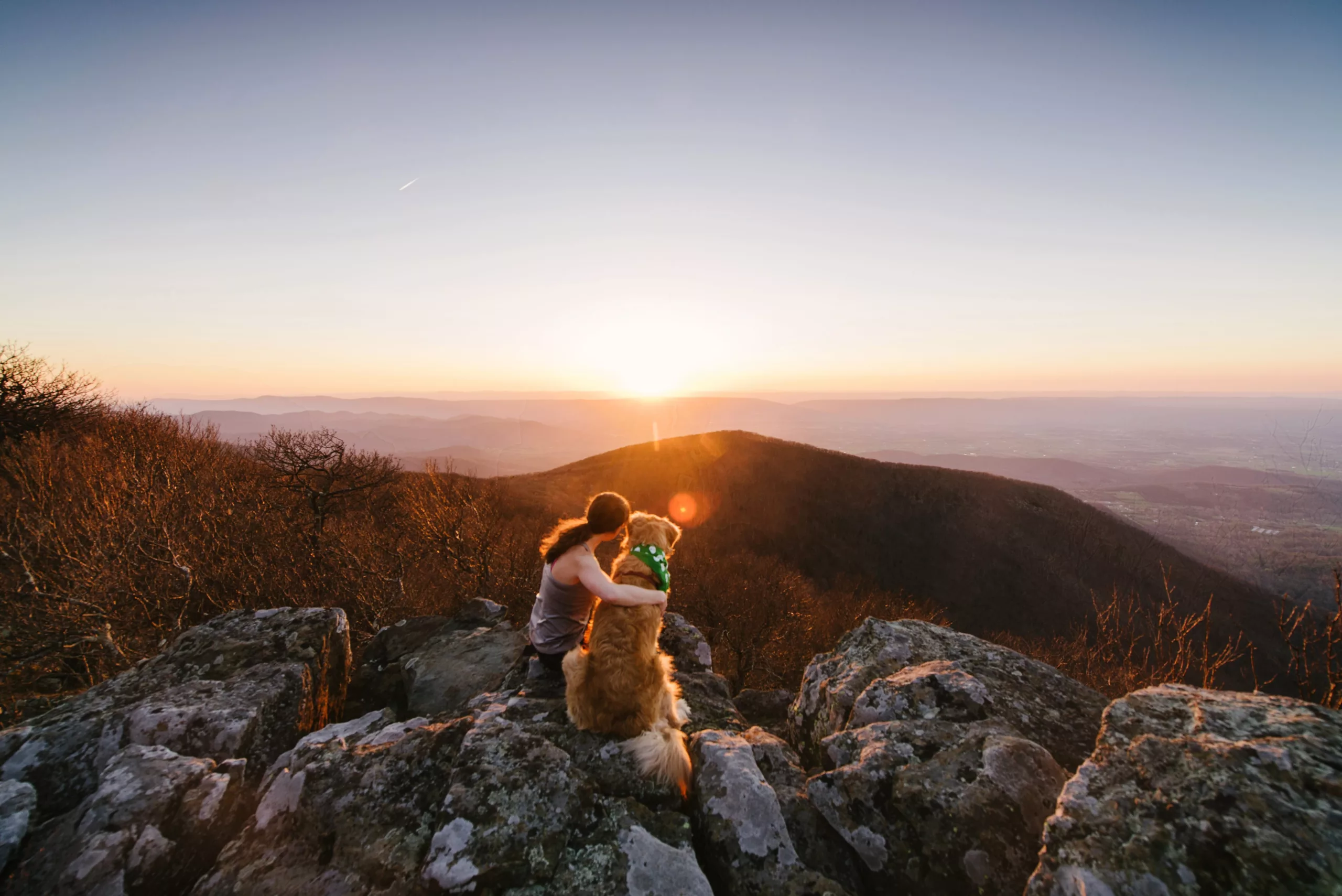Early morning sunlight shafts through a haze of high, feathery cirrus clouds, casting vermilion hues across the mist as my wife and I ride the outward tide down Monday Creek toward Big Island nature preserve. Our kayaks glide past cordgrass marshes punctuated by stacks of wild oysters and muscles. Fiddler crabs clitter across the muddy banks while snowy egret and green and great blue heron prowl the shallows.
We’re awed by blue crabs, skate, needlefish, speckled trout, and diamondback turtles that evanesce like secrets in the shadowy underwater grass. The air is cool and ripe with brackish fecundance. Civilization seems to have evaporated at the sandy put-in near the historic, Middle Peninsula waterman village of Maryus. We’re in the middle of Guinea, the storied network of unique communities in Gloucester County known for its rich maritime history and heritage. The only sound is the whoosh of our paddles; distant gull calls; the soft crackling lap of the tide.
“The Chesapeake Bay is home to some world-class kayaking spots, and this is one of them,” says Bay Country Founding Director Shannon Alexander. And the 42-year-old paddling aficionado should know: She spent much of her 20s kayaking and conducting scientific research in coastal hotspots around the U.S., New Zealand, and southeast Asia. Vacations and a new role as Virginia Department of Wildlife Resources coastal regional steward have since expanded that resumé.
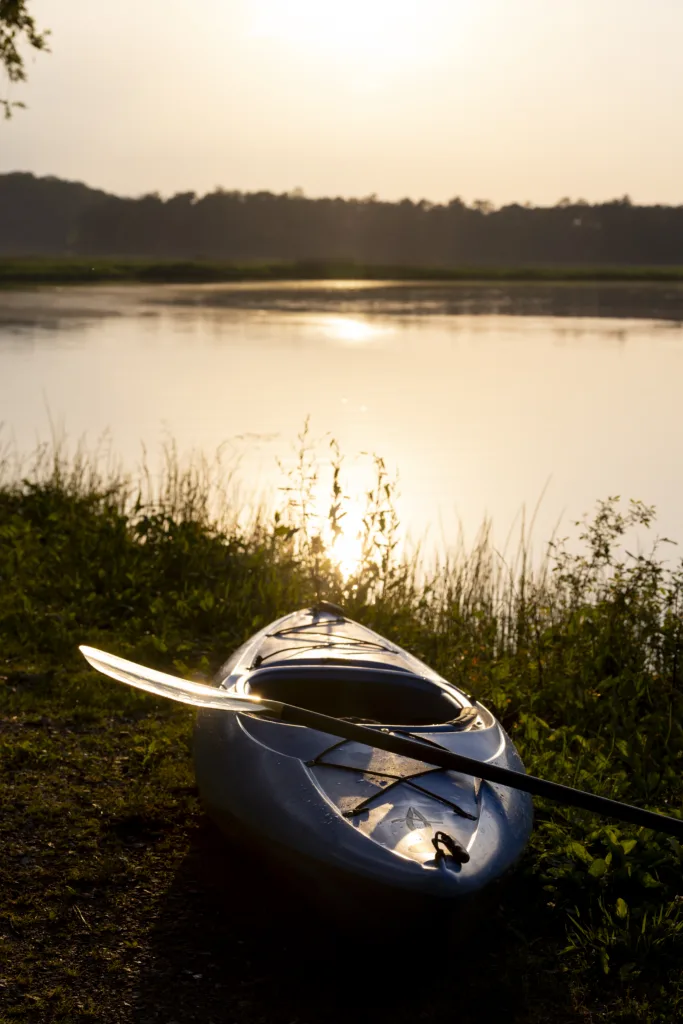
Exceptional Waterways
Alexander says rural waterways around the Chesapeake Bay offer some of the nation’s most beautiful and ecologically varied kayaking.
Protected lands are abundant, development is sparse, and ecosystems are incredibly diverse. Nearly 350 species of fish and more than 200 types of birds visit or call the area home throughout the year. From wild beaches, coastal marshes, bald cypress swamps, and tidal creeks along the Chesapeake Bay, to major rivers like the York and Rappahannock, the region brims with paddling treasures.
But here’s the catch: Beyond local enthusiasts, few people know about them. Alexander has spent more than a decade working to change that.
She spearheaded development around a kayak-based ecotourism partnership that has linked 29 counties, 17 cities, and 42 towns across the Tidewater region with state parks, conservation nonprofits, government agencies, and more. Known as Virginia Water Trails, the initiative has created a 500-plus-mile kayaking network that includes more than 90 designated water trails. I used its website to plan the day’s adventure and can affirm it’s a one-stop-shop for visiting paddlers that offers interactive maps, info about wildlife, and links to dozens of eco-certified outfitters. It also boasts recommendations for stay spots, restaurants, and cultural opportunities.
Alexander says the project’s ultimate aim is to expand its network statewide. And as a veteran paddler, I’m impressed. Virginia Water Trails is an amazing resource for experts and beginners alike, and makes it easy to explore great new Tidewater paddling spots.
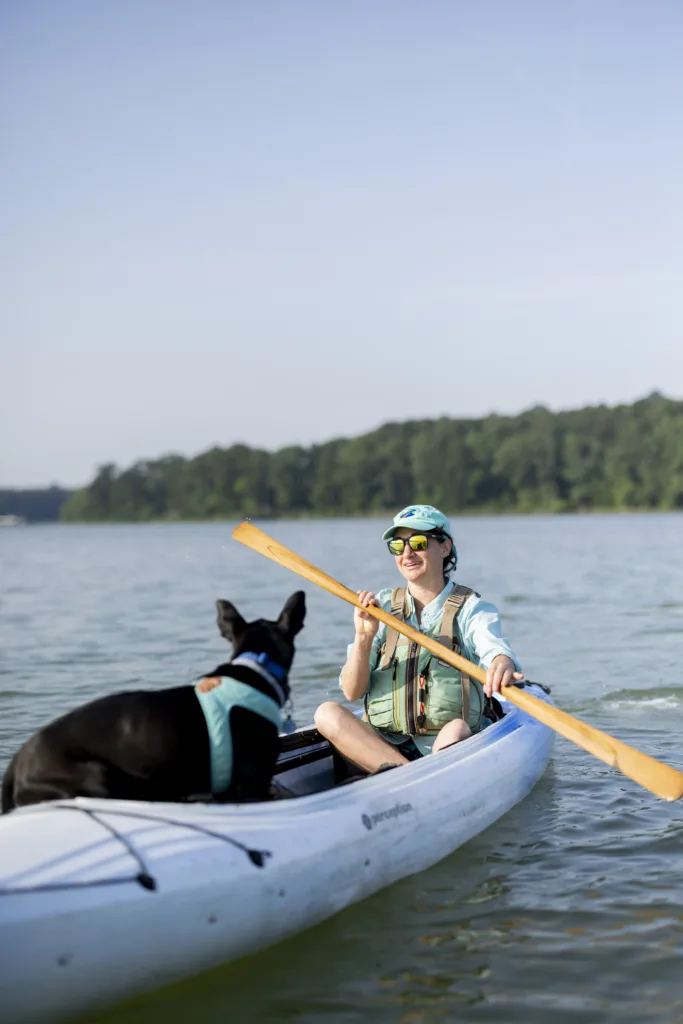
Alexander and her trusty first mate Apollo navigating the creeks off the Chesapeake Bay.
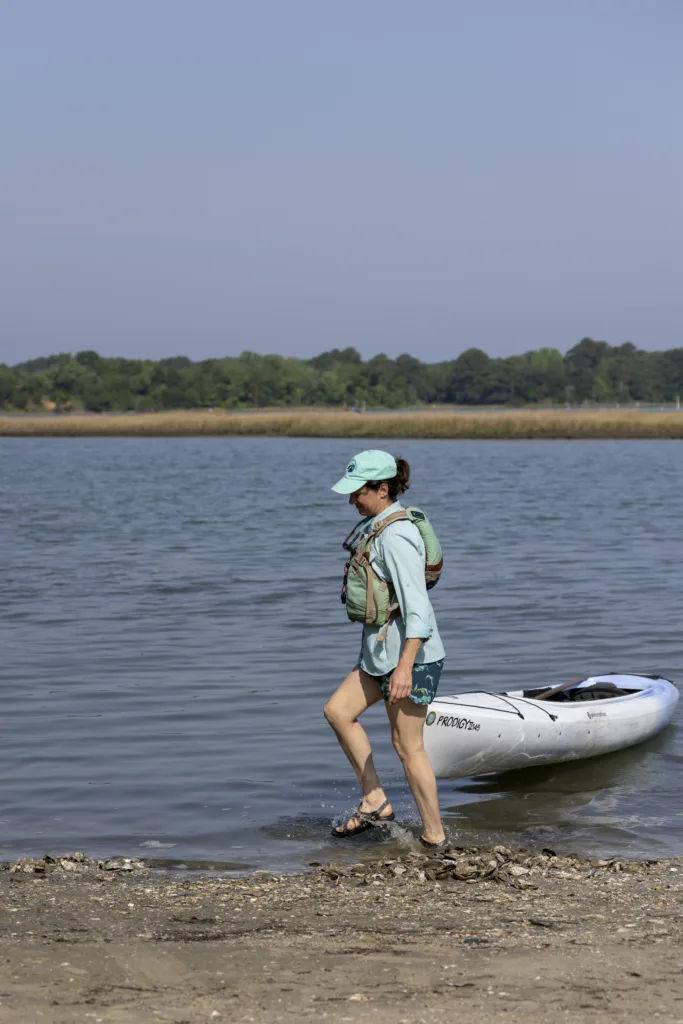
Alexander hauls her kayak ashore.

With her wooden paddle in hand, Alexander strikes a pose.
The Rising Tide
Alexander’s quest to spotlight coastal Virginia kayaking began with a 2011 summer on the Outer Banks. She was taking time off after grad-school and fell into a job leading kayak tours.
“It reminded me of the joy I’d felt paddling around the Middle Peninsula as a kid,” she says. She’d held admin positions developing blueway ecotour programs in Florida and Texas, and brought the approach to her new gig. Outings featured convos about wildlife, ecosystems, and local history. And customers loved it.
Back then, Alexander had planned a fall move to Washington D.C. to work with a major conservation organization. But now she wasn’t so sure. “I felt like I’d found my passion,” she says. An office job seemed oppressive.
As luck would have it, her father had just launched a Gloucester-based fishing and sightseeing charter service. He suggested they partner on a sister kayak operation devoted to Middle Peninsula ecotours. There were few area outfitters at the time, so Alexander went for it. Developing web and marketing materials sparked greater ambitions.
“It was next-to-impossible to find quality information about kayaking spots online,” says Alexander. Tourism sites focused on fishing and pleasure cruises. Maps were buried in niche government websites or isolated to state parks and recreation areas.

Spreading the Word
The blueway programs she’d worked on in Florida and Texas featured online materials like interactive maps, photos of interesting flora and fauna, and info about historic sites. Each brought a significant tourism bump.
“You can have the most amazing assets in the world, but if people don’t know about them, they’re not going to visit,” says Alexander.
She launched a campaign to connect regional economic development authorities, tourism groups, government agencies, and conservation organizations like The Nature Conservancy. The goal was to drive ecotourism through a regionwide blueway network. And a partnership slowly took shape.
Alexander paddled hundreds of miles to scout and map routes throughout the Middle Peninsula using a GPS tracker. She then created online maps and graded trails according to length, scenery, and difficulty. She noted and dropped pins for points of interest like pelican rookeries, bald eagle nests, special underwater habitats, historic oyster houses, and more.
The efforts eventually produced designated systems like Gloucester Blueways. Area campgrounds, marinas, shops, boutique inns, and restaurants distributed pamphlets and plugged the trails on their websites. An uptick in visits inspired projects in other locales and outfitting operations to service them. By 2017, there were official networks on the Eastern Shore and in the counties of Gloucester, York, and Mathews.
Alexander parlayed the momentum into Virginia Water Trails (VWT), which launched in 2019. The organization has since expanded to include trails around the Northern Neck, Essex County, and Virginia Peninsula. Efforts to create new blueways in additional counties like Prince William, Stafford, Chesapeake, and Virginia Beach are currently underway.
“This is a huge boon for the region, and it’s only going to get better as we expand,” says Essex County director of economic development, Woodie Walker, an avid kayaker. VWT helps communities tap into a booming U.S. outdoor recreation economy, which totaled $1.2 trillion in 2023 alone.
“We have a model that can be replicated anywhere in the state,” he says. It’s like a rising tide: people paddle a trail in Chincoteague, have a blast, and look to explore routes in other areas. They spend money in local hotels, restaurants, and shops along the way.
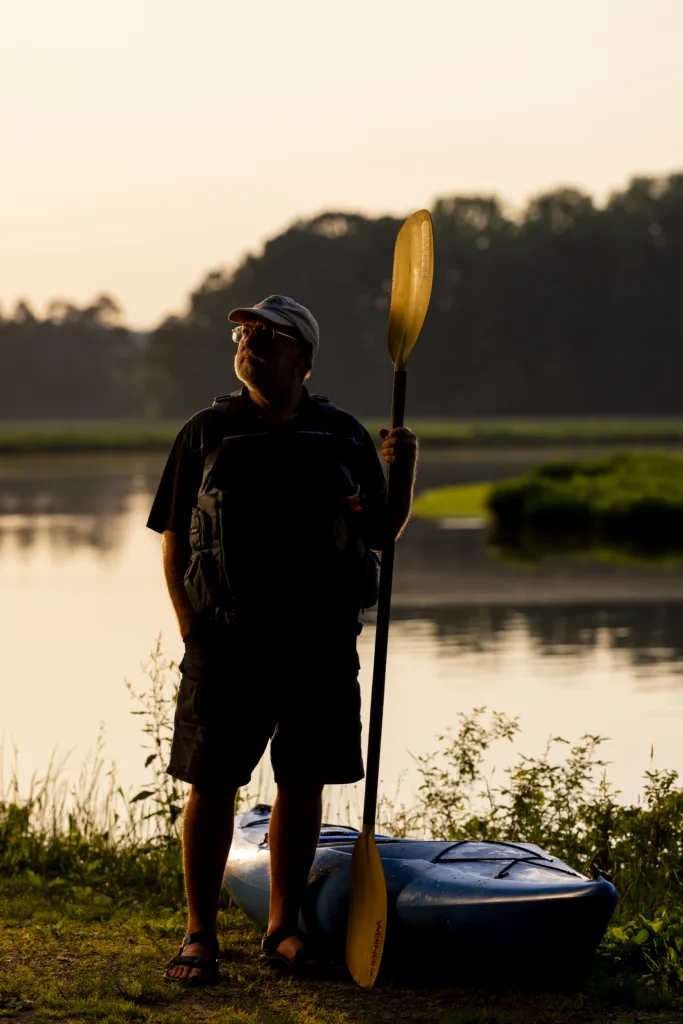
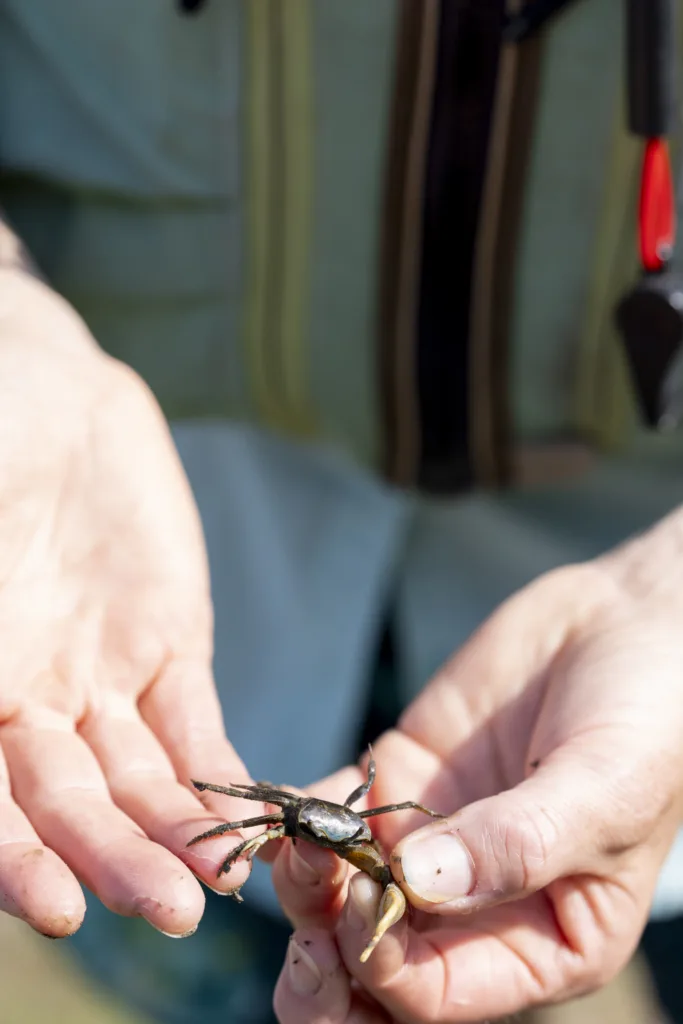
Fiddler crab.

Oyster beds can protrude above the waterline at low tide.
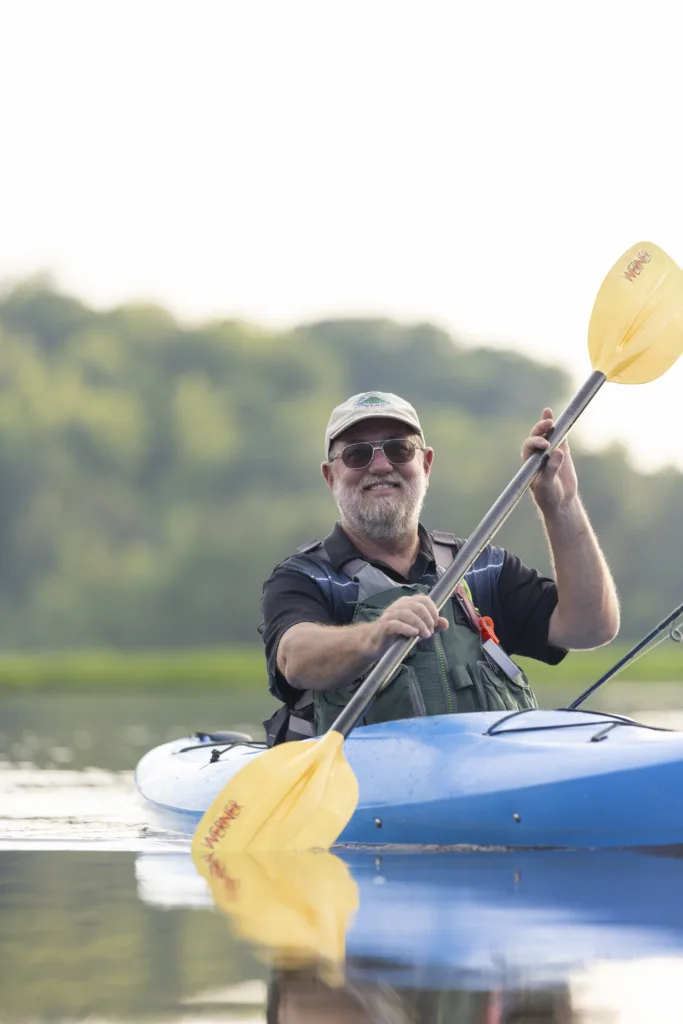
Walker is an avid kayaker.

Walker loads up his kayak at sunset.
The Current Continues
The morning burns off, and a crystalline sky opens up as we make the mile-long paddle to Big Island. Once home to a historic fishing village, it’s now a prominent nesting area for seabirds and mostly owned by The Nature Conservancy. Isolated white sandy beaches brim with sandpipers, cormorants, and plovers—and offer the perfect sanctuary for swimming and a picnic lunch.
We laze on the beach, watching a graceful swoop of pelicans, the humorous dance of shorebirds combing the gentle surf, the sudden exhilarating dive of an osprey. Small fishing or speed boats arrow now and then through Mobjack Bay. Solitude envelopes us like a warm and wondrous blanket.
Finally, we wrest ourselves away and ride the incoming tide back up Monday Creek to Maryus. By the time we pack the car and hit the road, we’re busy planning a follow-up trip.
My wife thumbs through the VWT website and finds Dragon Run Wilderness in King & Queen County. The 40-mile swamp flows through more than 21,000 acres of protected lands and requires paddlers to navigate a grassy, reed-lined maze of narrow creeks and channels. Hulking bald cypress trees tower overhead. Rare plants, flowers, birds, and wildlife abound.
“Let’s do it,” I say. “You book the stay, and I’ll pack the gear.”
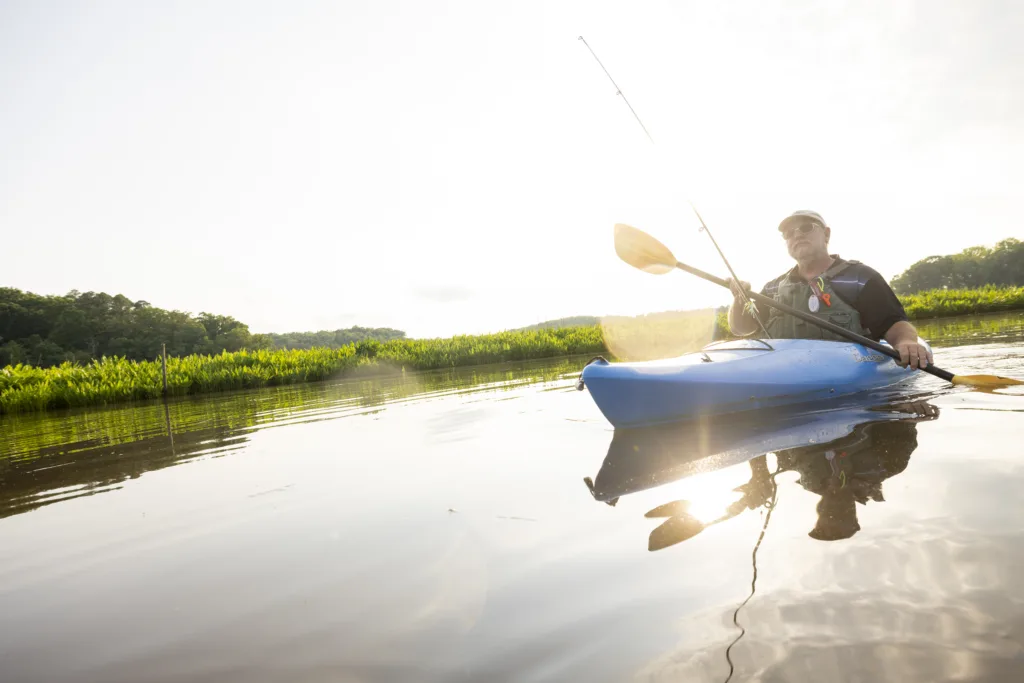
More Than Just A Tour
Virginia Water Trails only recommends outfitters with certification through the Virginia Ecotour Guide program. The course was designed by the Virginia Institute of Marine Sciences to ensure guides are well-versed in waterway safety, coastal navigation skills, and emergency response training. But that’s just the tip of the iceberg.
“The goal is to really bring the landscape and its history to life,” says certified ecotour guide and SouthEast Expeditions owner Dave Burden. Participants take a deep dive into the history of Chesapeake Bay waterways and the specific locales they intend to serve. They also learn about different ecosystems and the plants and animals that inhabit them.
“It establishes a foundation that you can build on to really enhance paddling experiences,” says Burden. He laces outings with fun facts about, say, traditional clam harvesting techniques, vanished island communities, how aquatic grasses enhance oyster production, and more. The goal, he says, is to teach visitors about what they’re seeing and inspire a deeper sense of awe and wonder. SouthEastExpeditions.com
Click here for can’t-miss paddling trips.
This article originally appeared in the August 2025 issue.
